Biochemistry and Chemical Biology
Core Faculty
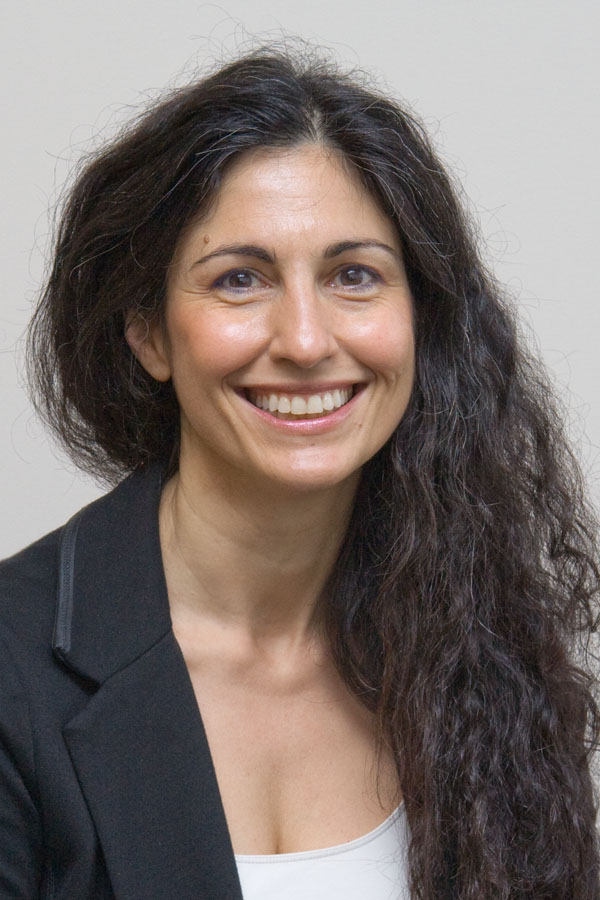
|
Karen AllenArea: Enzyme mechanisms and macromolecular crystallographyResearch in the Allen Group is concerned with diverse aspects of protein structure, function, and design. The laboratory employs a multidisciplinary approach involving state-of-the-art X-ray crystallography and spectroscopy, molecular modeling, enzymology, bioinformatics, and molecular biology to address fundamental problems at the interface of Enzymology and Structural Biology. |
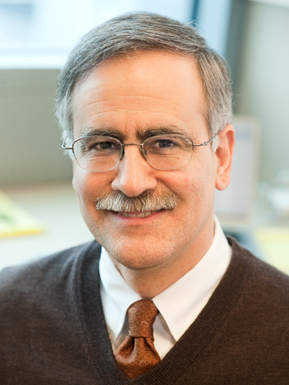
|
John CaradonnaArea: Bioinorganic chemistryThe Caradonna Group investigates non-heme iron metalloproteins, focusing on the chemistry of metalloenzyme active sites involved in biological oxidation reactions. Using chemical, molecular biological, and biophysical (spectroscopic) techniques, their goal is to develop a global understanding of active site metal centers and the role of protein matrix in regulating, modulating, and tuning these properties. |
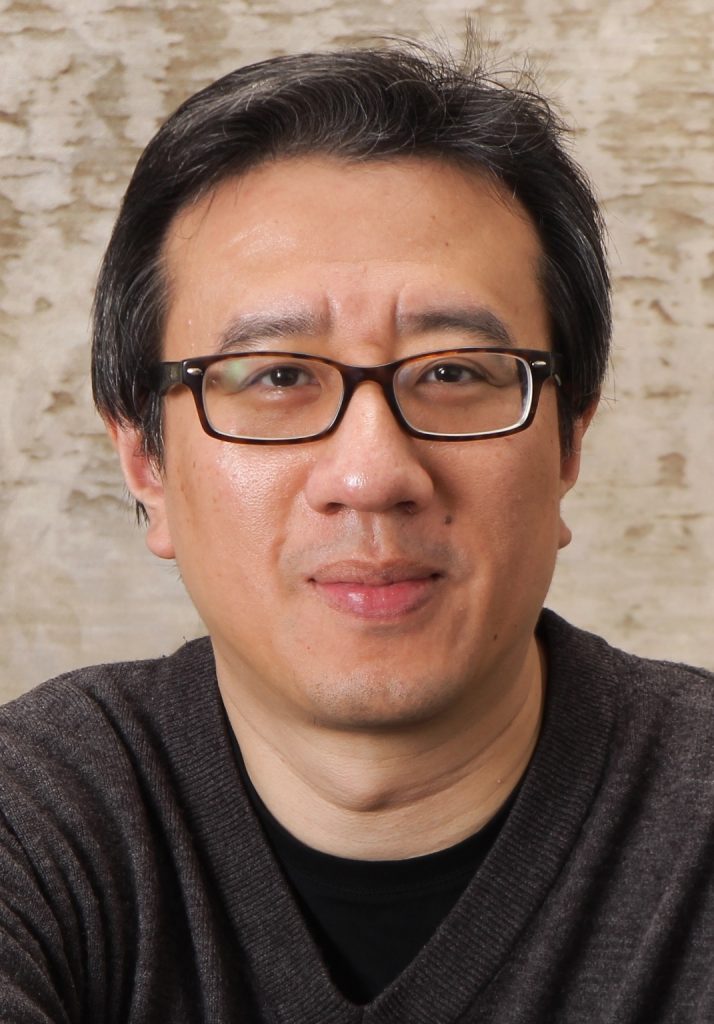
|
Qiang CuiArea: Multi-scale Theory/Computation in Chemistry and BiophysicsThe Cui group develops and applies a broad range of theoretical and computational methods (QM/MM, atomistic and coarse-grained simulations, continuum modeling) to study a diverse set of chemical and biological problems, focusing particularly on problems that implicate multiple length and temporal scales, such as enzyme catalysis, bioenergy/signal transduction, biological membrane remodeling, macromolecular assembly and solid/liquid interfaces. The group is engaged in close collaboration with many experimental groups on and off the BU campus. |
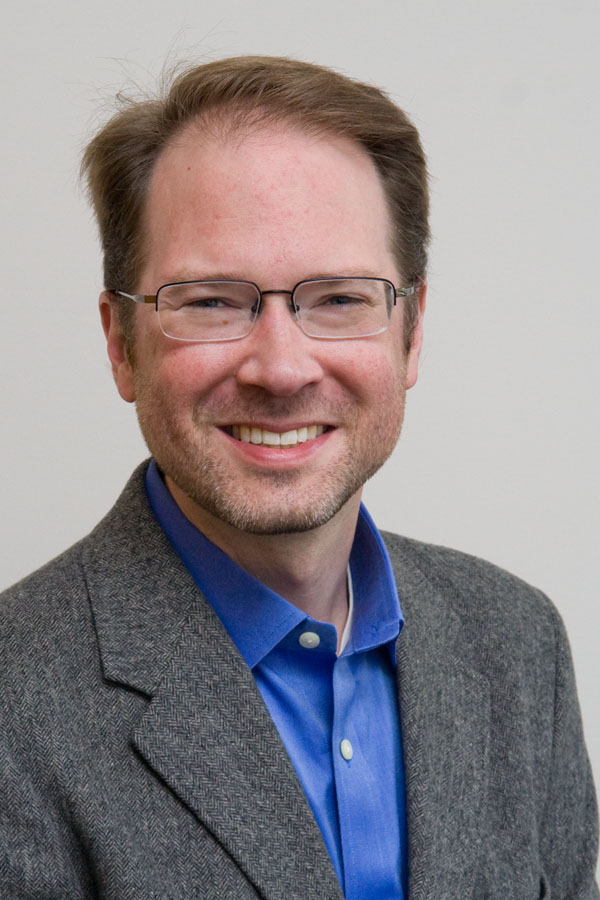
|
Sean ElliottArea: Bioinorganic chemistry and metallobiochemistryThe Elliott Group uses Protein film voltammetry (PFV) to explore the electron transfer pathways and redox-dependent catalytic chemistry of complex metalloproteins such as sulfite reductase and multicopper oxidases. They also develop proteomic tools to enable probing the ‘metallome’ — a complete read-out of the metal-binding components of biological pathways. These experiments provide insights into the role of metal ions in biological chemistry. |
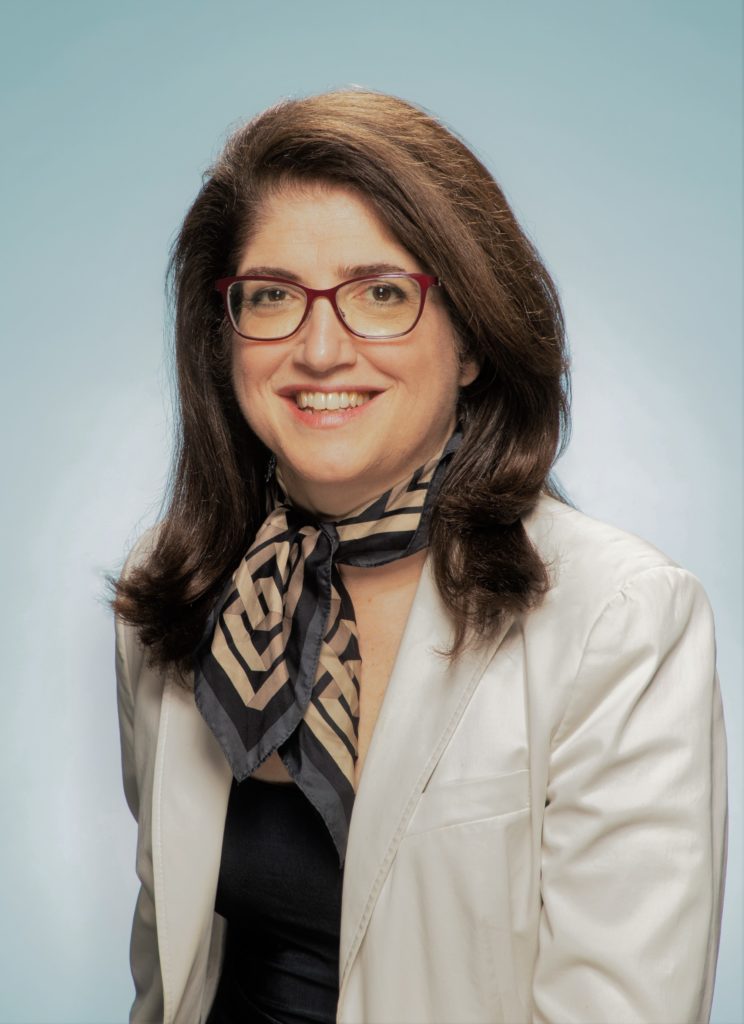
|
Rosina GeorgiadisArea: Analytical and Bioanalytical ChemistryThe Georgiadis Group research interests are the development of experimental tools to characterize biomolecular binding at surfaces and in solution, where binding partners may be proteins, oligonucleotides, small molecules, bioconjugates or nanoparticles. Methods used to determine the kinetics and thermodynamics of binding and electric field effects on binding at interfaces include surface plasmon resonance (SPR) spectroscopy, surface acoustic wave (SAW) sensing, and fluorescence-based microscale thermophoresis (MST). |

|
Mark GrinstaffArea: Macromolecular, bioinorganic, and biological chemistryThe Grinstaff Group pursues highly interdisciplinary translational research in biological and macromolecular chemistry. Among their projects are novel dendrimers, “biodendrimers,” for tissue engineering and biotechnological applications (corneal lacerations, delivery of anti-cancer drugs and DNA, and biodegradable scaffolds for cartilage repair). They also create “interfacial biomaterials” that control biology on plastic, metal, and ceramic surfaces and electrochemical-based sensors/devices using conducting polymer nanostructures and specific DNA structural motifs. |

|
Masha KamenetskaArea: Single molecule detection, charge transportThe Kamenetska research group develops and uses novel single molecule detection and spectroscopy techniques to understand and control how the structure of the intermolecular interface affects function in biological and man-made devices. We are investigating DNA-protein and RNA-protein interactions to probe the structure and dynamics of these complexes. Current focus is on understanding the role of charge transport in nucleic acid function, nucleosome unwinding and DNA repair protein dynamics. |
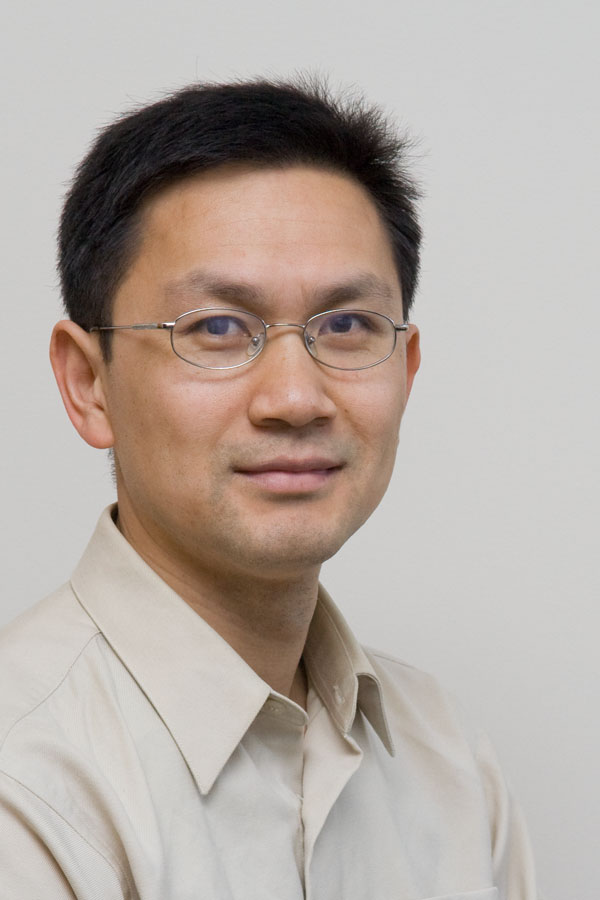
|
Pinghua LiuArea: Signal transduction pathways in human innate-immune responsesThe Liu Group focuses on the chemistry/biology interface with emphasis on the chemical basis of pathogen and host interactions, as well as the chemical nature of the biological clock. These projects address two areas: mechanistic studies of the metallo-proteins using both biochemical and biophysical methods and identification of other components using genomic, proteomic, and biochemical approaches. Their goals are to develop broad-spectrum antibiotics, elucidate the mechanism of the isoprenoid biosynthesis pathway intermediate-triggered human innate-immune responses, and unravel the time recording mechanism inside the cell and its relationship to both aging and development. |

|
Deborah PerlsteinArea: Biochemistry and EnzymologyThe research of the Perlstein Group lies at the interface of chemistry and biology with a focus on bioinorganic chemistry. They are currently developing new projects that will use the tools of chemical biology, including biophysical techniques, enzymology, microscopy, and molecular biology, to understand iron-sulfur cluster containing proteins and bacterial cell division. |

|
Björn ReinhardArea: Biophysical, physical, nano-bio, and materials chemistryThe Reinhard Group develops and characterizes functional nanomaterials. One area of interest is the development of biomimetic nanomaterials that can reconstitute functionalities of viruses for applications in drug delivery and therapeutics. A particular focus is on elucidating the fundamental mechanisms that determine the interactions between nanoparticles and cellular systems. A second area of interest is broadly in the area of photonic and plasmonic nanomaterials. These materials have unique properties that enable new and advanced sensing, imaging, and photocatalyis concepts. To implement these advancements, nanomaterials design and fabrication go along with the development of new spectroscopy and imaging technologies. |
 |
Minjung SonArea: Biophysical and physical chemistryWe aim to achieve systematic and selective control of the photophysics in biological and bioinspired light-harvesting systems towards improved energy production, such as photosynthetic light-harvesting proteins. We develop ways to engineer their conformational and/or electronic structure using materials science and biochemical tools. |

|
John StraubArea: Biomolecular structure and dynamicsThe Straub group focuses on the theoretical and computational modeling of biomolecular systems. Particular areas of interest include dynamics of energy transfer and signaling in proteins, the development of computational algorithms for folding, thermodynamics and phase changes in proteins and membranes, and the modeling of peptide and protein aggregation. |

|
Thomas TulliusArea: Biochemistry, genomics, bioinformaticsThe Tullius Group focuses on developing and applying new chemical probe methods for determining the structure of DNA and RNA. They introduced the use of the hydroxyl radical as a high-resolution chemical footprinting reagent for nucleic acids. In recent years the Tullius Group has focused on extending the hydroxyl radical footprinting method to the whole-genome scale, by using high throughput DNA sequencing to analyze the experiment. Current projects include the development of a new method for determining the tertiary structure of all RNA molecules in a cell, in one experiment. |

|
Arturo VegasArea: Organic synthesis, biological chemistry, and drug deliveryThe Vegas group pursues general and systematic approaches to developing targeted therapeutic carriers for the treatment of multiple human diseases. Projects in the lab are focused on developing novel chemical tools, materials and approaches for targeting therapeutics to diseased tissues, with an emphasis on cancer and diabetes. For cancer, the primary focus will be developing conjugate and nanoparticle based approaches that control the physiological distribution and uptake of therapeutic molecules to tumors and use of materials to immunomodulate the tumor microenvironment. For diabetes, our focus will be selective destruction or functional blocking of cells responsible for the underlying type 1 autoimmunity. |
]
|
Adrian WhittyArea: Biochemistry and bioorganic chemistryThe Whitty Group research centers around reversible noncovalent interactions involving proteins: how they regulate function in complex biological systems such as whole cells, and how they can be exploited in the development of artificial agonists and antagonists for use as protein or small molecule drugs. Their perspective is primarily quantitative and mechanistic, aiming to understand the macroscopic functional behavior of the system in terms of the structures, properties and interactions of the molecules involved. |